Exact Answer: For 2 To 3 years
Hamsters are rodents belonging to the family Cricetidae. According to the scientific classification, hamsters come under kingdom Animalia, order Rodentia, and class Mammalia.
These rodents have 19 species. E.g. a golden hamster, teddy bear hamster, black bear hamster, panda bear hamster, and so on. Out of 19 species, only 5 of them are chosen as pets.
Among them, Syrian hamsters are one of the most commonly used species. These hamsters live for an average of 2 to 3 years. As there are different species of this order and there might be different lifespans accordingly.

How Long Do Hamsters Live?
| Different Species | Lifespan |
| Syrian Hamster | 2 To 2.5 Years |
| Chinese Hamster | 1.5 To 2 Years |
| Roborovski Hamster | 3 To 3.5 Years |
While discussing the possibility of the hamster’s lifespan, one needs to know about the different breeds of hamsters and the factors that affect their lifespan. On average, the hamsters can live up to 2-3 years while some of them might die before this due time and, some may live even longer.
According to research, the longest-lived hamster breed is the Roborovski Dwarf which lived for four years and, the shortest-lived hamster is the Chinese Dwarf that lived for just 2 years. Hamsters are chosen as a pet mostly, as a friend for the kids.
One needs to know the way to handle it and about the lifespan as well. Hamsters need proper care as their needs are complex. They may get injured just by improper handling.
Hamsters under proper care are more livelong than their average lifespan. Such care includes comfort feeding, plenty of areas to move. Moreover, their size plays a crucial role in their lifespan. These hamsters have a shorter lifespan as they reach their full maturity quicker than any other animal.

Their lifespan carries from species to species. Excluding the pet hamsters, the wild hamsters too have a great ability to survive longer as they have plenty of space to move. The wild European hamster is believed to have a lifespan of 8 years. These species are twice the size of a common golden hamster. The only thing that burdens their life is that they have to deal with snakes, eagles, and other predators.
Why Do Hamsters Live So Long?
Being aware of the fact that each species on this earth has a different lifespan according to their captivity, desire to live, an environment that surrounds them, and a lot more things they are dependent on.
Starting with their species, genetics along with the diet they intake, exercise they perform, their living environment, and also the quality of care they get affect the lifespan considerably.
All of these things can affect their growth and duration of life. One needs to nurture these creatures as much as one can. Nutrition is one of the factors to be taken care of.

A hamster stays healthy as long as it is fed with healthy and suitable food. The predisposition of breed and genetics affect their lifespan too. It’s believed the shorter the size of the hamster, the shorter they live.
Though nature provides them with a suitable ambiance to live in, they still have the predator’s threat. While the pet hamster is provided with a cage along with all the comforts and in another hand there is no threat of any predators which increase their longevity of life.
Conclusion
Sometimes people are mistaken about the death of the hamster while their temperature drops from normal temperature, but this is actually when their body undergoes some changes to accompany the environmental temperature. The hamster is declared dead when it doesn’t reciprocate to the warm temperature around.
Keeping a hamster as a pet is fun and a responsibility as well. Hamsters might get cold from humans too. Hence, a person should be careful and all one needs to do is take good care of it and provide it with the comforts to increase its lifespan as much as possible.



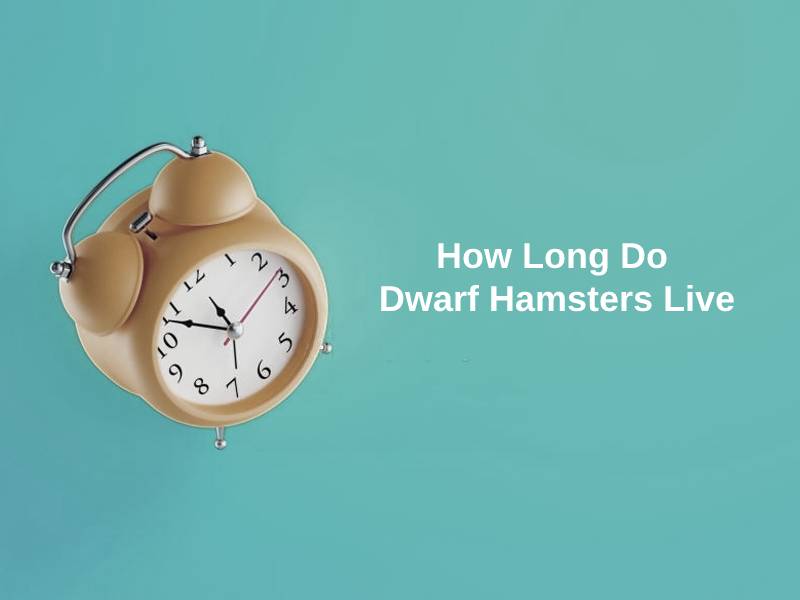














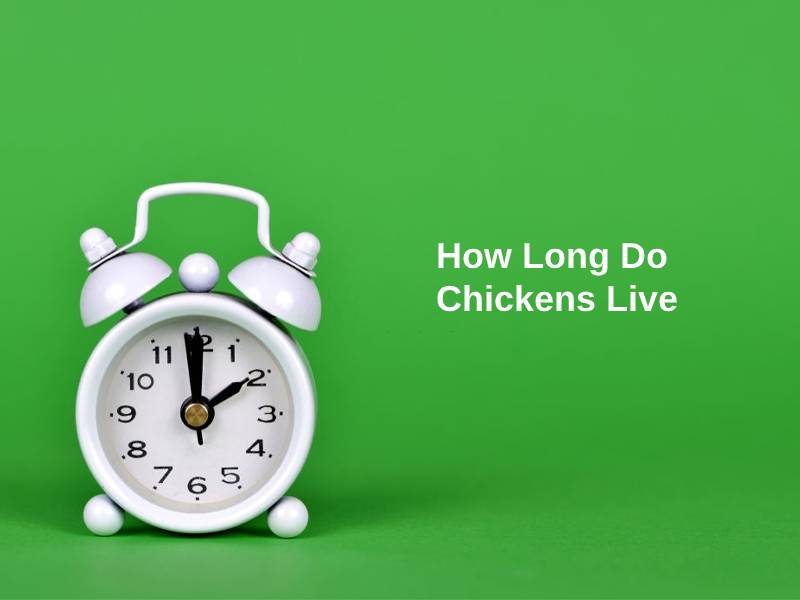
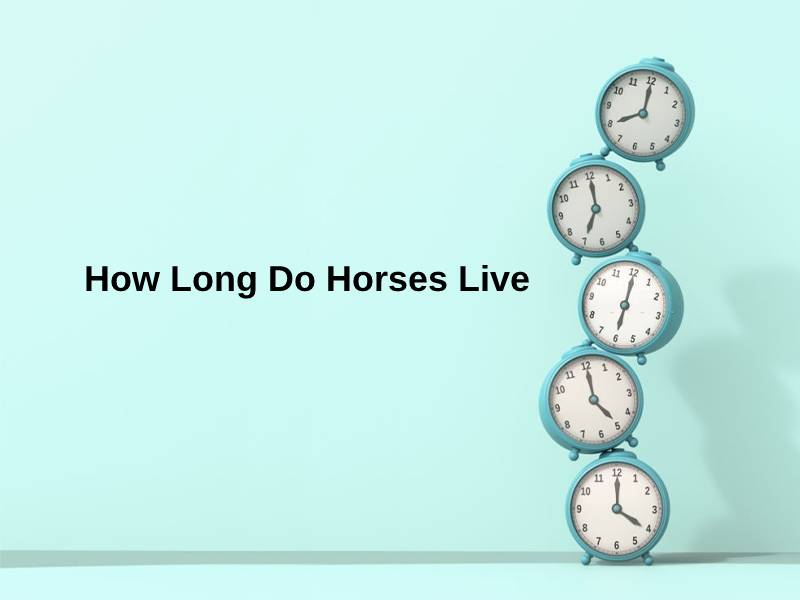
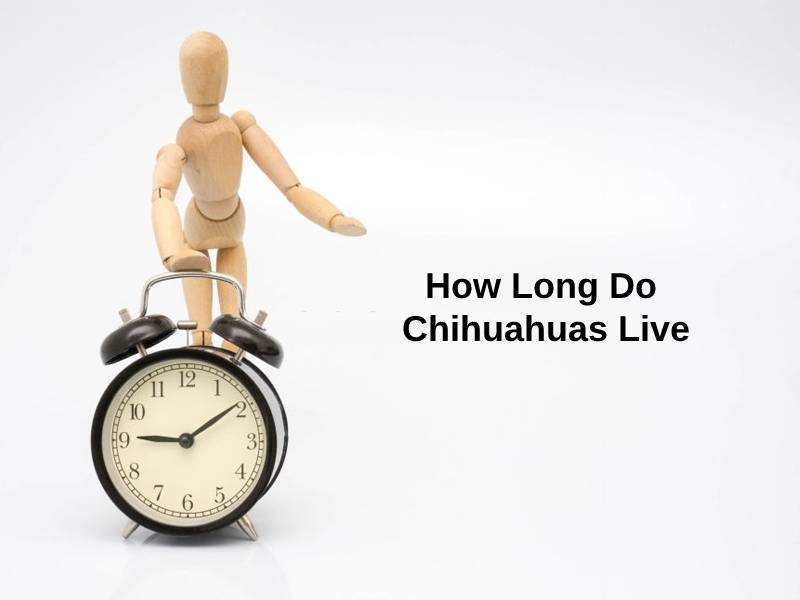
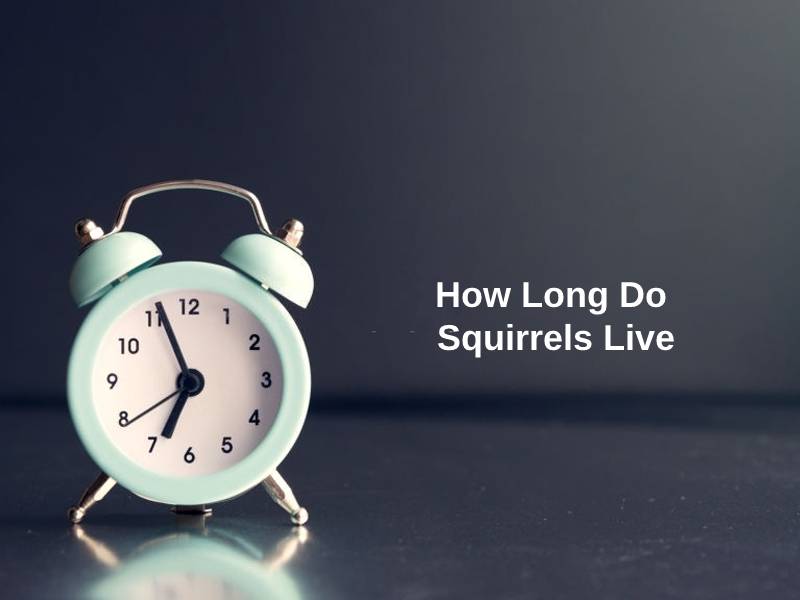


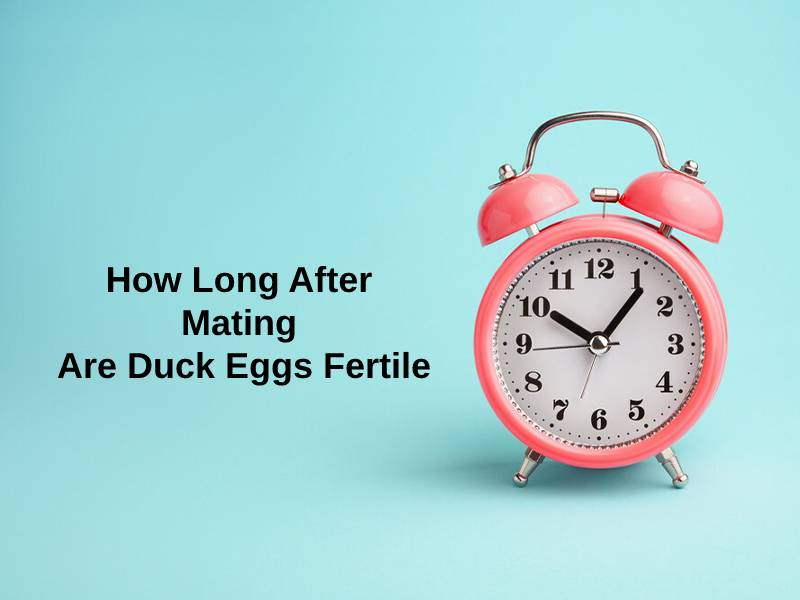

An enlightening article, indicating the critical factors influencing the lifespan of hamsters.
The all-encompassing approach adopted in this article offers a compelling basis for delving into the complexities of hamster lifespan.
The interrelationship of factors delineated in the article accentuates the necessity for comprehensive studies on hamster longevity.
This insightful article stimulates a reflection on the intricate factors impacting the lives of pet hamsters.
The implications raised in the article are both enlightening and thought-provoking, encouraging further studies into this subject.
I appreciate the valuable insights. It’s essential to consider the implications of the predisposition of breed and genetics on hamster longevity.
The article draws attention to the multifaceted influences on hamster lifespans that are certainly worth further examination.
The role genetics play in shaping hamster lifespan is a topic that requires greater exploration.
This is an intriguing discussion on hamster lifespan and the array of factors involved.
The interplay between assorted factors could yield a more comprehensive understanding of hamster lifespans. This article is a great starting point.
This article presents valid points warranting careful consideration regarding hamster care and longevity.
The article’s findings underscore the intricate nature of hamster lifespans and the varied factors contributing to it.
This article is quite instructive on the topic. I wonder if there has been any research on the potential impact of the environment on hamster lifespans.
The impact of the environment on hamster lifespan is a crucial area of study needing more attention.
The article provides a significant understanding of the intricacies affecting hamster lifespans.
This article imparts essential knowledge for pet owners and researchers. It elucidates underexplored aspects demanding further investigation.
Fascinating article, I’ve always been interested in hamsters and their life expectancy!
I think this article raises interesting points. It’s worth keeping in mind how the behavior of domesticated hamsters may differ from that of their wild counterparts.
I’m glad to see such valuable information shared. Surely, this will aid in providing better care to pet hamsters.
The article effectively underscores the multifaceted determinants of hamster lifespans and the consequential implications for pet care.
The literature referenced in the article illustrates the depth of knowledge and empirical evidence supporting its assertions.
The subject matter is addressed with meticulous attention to detail, providing a commendable foundation for further exploration.
Insightful. I’d love to see more research on this subject, considering the complexities surrounding hamster longevity.